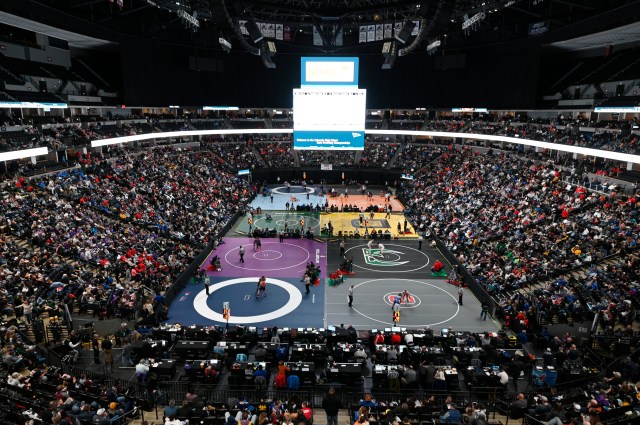Educators Unite: Pressure Mounts on CHSAA to Address Transgender Athletes in Girls' Sports

A growing controversy is brewing in Colorado's high school sports landscape as a coalition of district administrators and school board members intensifies pressure on the Colorado High School Activities Association (CHSAA) to implement a ban on transgender athletes participating in girls' sports.
The group argues that allowing transgender athletes to compete in girls' sports creates an unfair competitive advantage and challenges the traditional understanding of athletic equity. Their passionate plea calls for stricter regulations that would limit participation based on biological sex at birth.
This contentious issue has sparked heated debates across the state, with supporters claiming the proposed ban protects the integrity of girls' athletics, while opponents view it as discriminatory and harmful to transgender students' rights and inclusion.
CHSAA now finds itself at the center of a complex and emotionally charged discussion, weighing the concerns of administrators against principles of fairness, inclusion, and student athlete rights. The outcome could set a significant precedent for how transgender athletes are treated in high school sports not just in Colorado, but potentially nationwide.
As the dialogue continues, both sides remain committed to their perspectives, highlighting the deep divisions surrounding this sensitive and nuanced topic.
